Species Photo Gallery for Publilia concava No Common Name |
 | Photo by: B. Bockhahn
Avery Co.
Comment: |  | Photo by: Ted Wilcox
Watauga Co.
Comment: unid_treehopper |
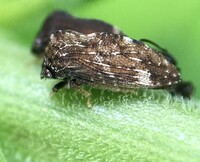 | Photo by: Ted Wilcox
Watauga Co.
Comment: unid_treehopper |  | Photo by: Ted Wilcox
Watauga Co.
Comment: unid_treehopper |
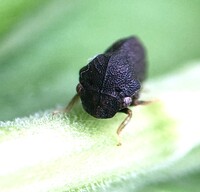 | Photo by: Ted Wilcox
Watauga Co.
Comment: unid_treehopper |  | Photo by: Ted Wilcox
Watauga Co.
Comment: unid_treehopper |
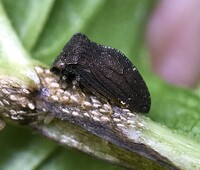 | Photo by: Ted Wilcox
Watauga Co.
Comment: unid_leafhopper | 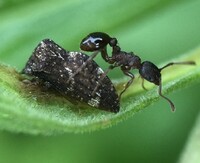 | Photo by: Ted Wilcox
Watauga Co.
Comment: |
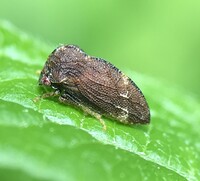 | Photo by: Ted Wilcox
Watauga Co.
Comment: | 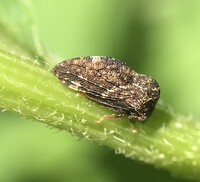 | Photo by: Ted Wilcox
Watauga Co.
Comment: |
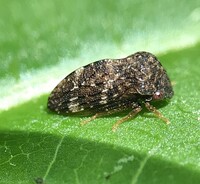 | Photo by: Ted Wilcox
Watauga Co.
Comment: | 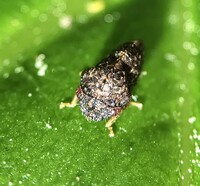 | Photo by: Ted Wilcox
Watauga Co.
Comment: |
 | Photo by: Ted Wilcox
Watauga Co.
Comment: | 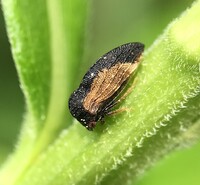 | Photo by: Ted Wilcox
Watauga Co.
Comment: |
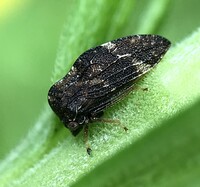 | Photo by: Ted Wilcox
Watauga Co.
Comment: |  | Photo by: Ted Wilcox
Watauga Co.
Comment: |
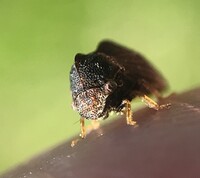 | Photo by: Ted Wilcox
Watauga Co.
Comment: | 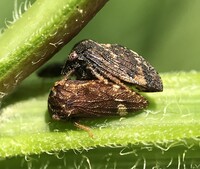 | Photo by: Ted Wilcox
Watauga Co.
Comment: |
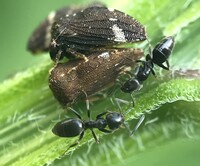 | Photo by: Ted Wilcox
Watauga Co.
Comment: | 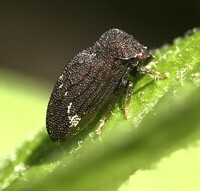 | Photo by: Ted Wilcox
Avery Co.
Comment: |
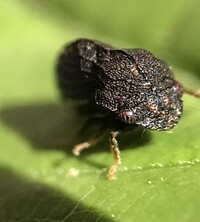 | Photo by: Ted Wilcox
Avery Co.
Comment: | 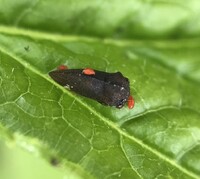 | Photo by: Ted Wilcox
Watauga Co.
Comment: Publilia reticulata? - unid_treehopper |
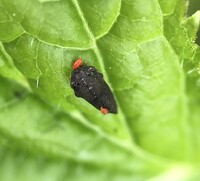 | Photo by: Ted Wilcox
Watauga Co.
Comment: Publilia reticulata? - unid_treehopper | 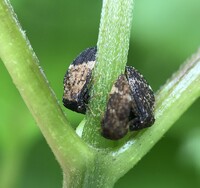 | Photo by: Ted Wilcox
Watauga Co.
Comment: |
 | Photo by: Ted Wilcox
Watauga Co.
Comment: | 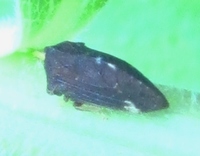 | Photo by: Ken Kneidel
Yancey Co.
Comment: stubbornly sitting on Solidago |
 | Photo by: Ken Kneidel
Yancey Co.
Comment: stubbornly sitting on Solidago | 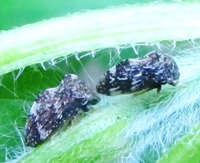 | Photo by: Ken Kneidel
Yancey Co.
Comment: 4.7 mm, firmly situated, did not hop away as the plant was manipulated for photographs |
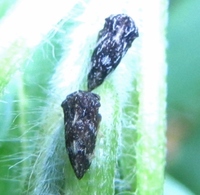 | Photo by: Ken Kneidel
Yancey Co.
Comment: 4.7 mm, firmly situated, did not hop away as the plant was manipulated for photographs | 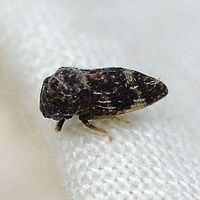 | Photo by: Paul Scharf, Brian Bockhahn
Avery Co.
Comment: Female, Caught sweeping |
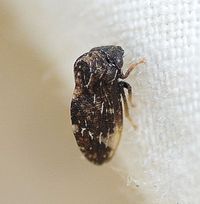 | Photo by: Paul Scharf, Brian Bockhahn
Avery Co.
Comment: Female, Caught sweeping |  | Photo by: Paul Scharf, Brian Bockhahan
Avery Co.
Comment: Male, Caught sweeping |
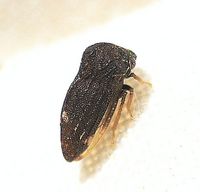 | Photo by: Paul Scharf, Brian Bockhahan
Avery Co.
Comment: Male, Caught sweeping | 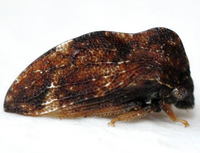 | Photo by: Kyle Kittelberger, Brian Bockhahn, Paul Scharf
Watauga Co.
Comment: brushy vegetation surrounded by forest; many present |
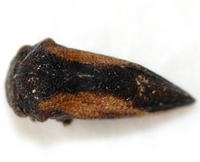 | Photo by: Kyle Kittelberger, Brian Bockhahn, Paul Scharf
Watauga Co.
Comment: brushy vegetation surrounded by forest; many present | 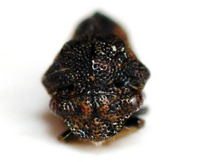 | Photo by: Kyle Kittelberger, Brian Bockhahn, Paul Scharf
Watauga Co.
Comment: brushy vegetation surrounded by forest; many present |
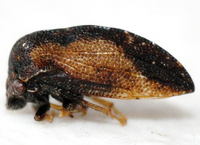 | Photo by: Kyle Kittelberger, Brian Bockhahn, Paul Scharf
Watauga Co.
Comment: brushy vegetation surrounded by forest; many present | 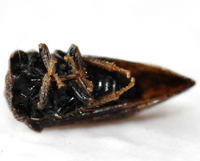 | Photo by: Kyle Kittelberger, Brian Bockhahn, Paul Scharf
Watauga Co.
Comment: brushy vegetation surrounded by forest; many present |
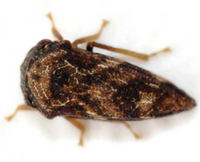 | Photo by: Kyle Kittelberger, Brian Bockhahn, Paul Scharf
Watauga Co.
Comment: brushy vegetation surrounded by forest; many present | 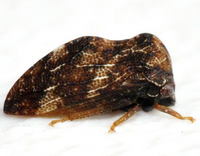 | Photo by: Kyle Kittelberger, Brian Bockhahn, Paul Scharf
Watauga Co.
Comment: brushy vegetation surrounded by forest; many present |
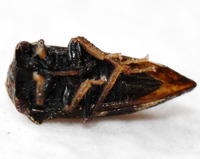 | Photo by: Kyle Kittelberger, Brian Bockhahn, Paul Scharf
Watauga Co.
Comment: brushy vegetation surrounded by forest; many present | 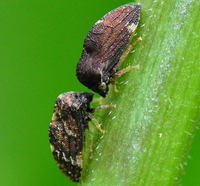 | Photo by: Kyle Kittelberger, Brian Bockhahn, Paul Scharf
Watauga Co.
Comment: brushy vegetation surrounded by forest; many present |
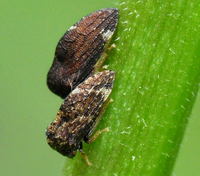 | Photo by: Kyle Kittelberger, Brian Bockhahn, Paul Scharf
Watauga Co.
Comment: brushy vegetation surrounded by forest; many present | 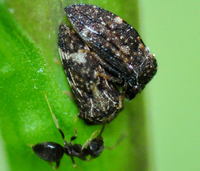 | Photo by: Kyle Kittelberger, Brian Bockhahn, Paul Scharf
Watauga Co.
Comment: brushy vegetation surrounded by forest; many present |
|

 »
»
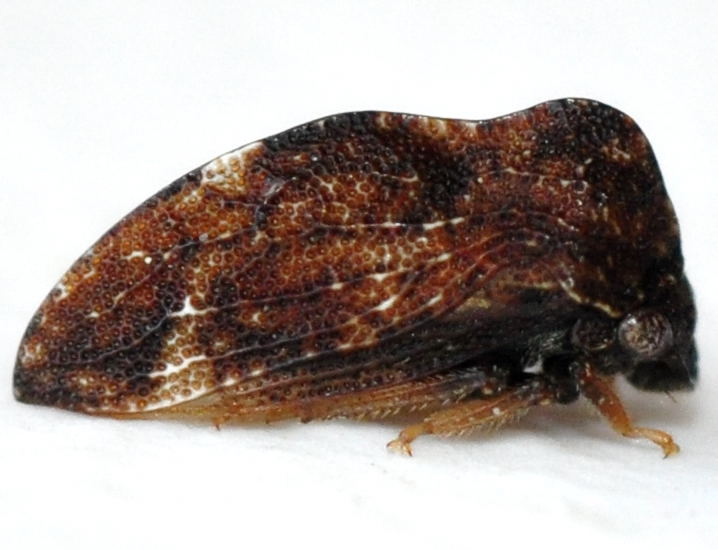
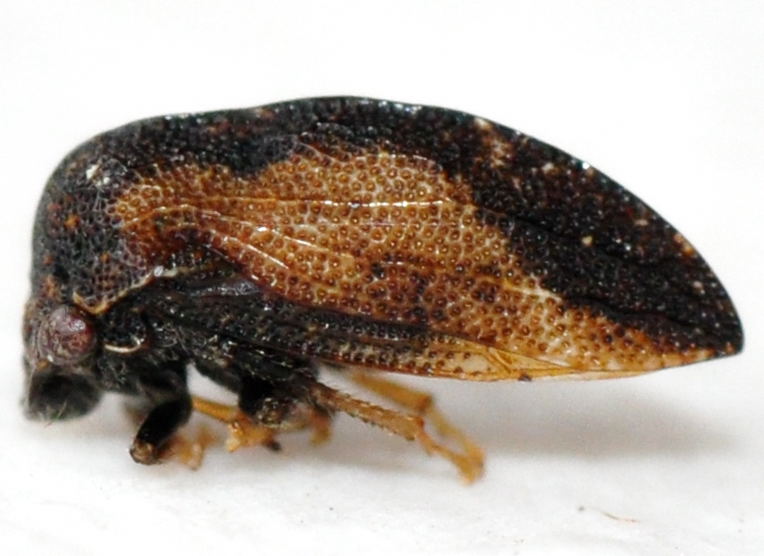

 »
»

